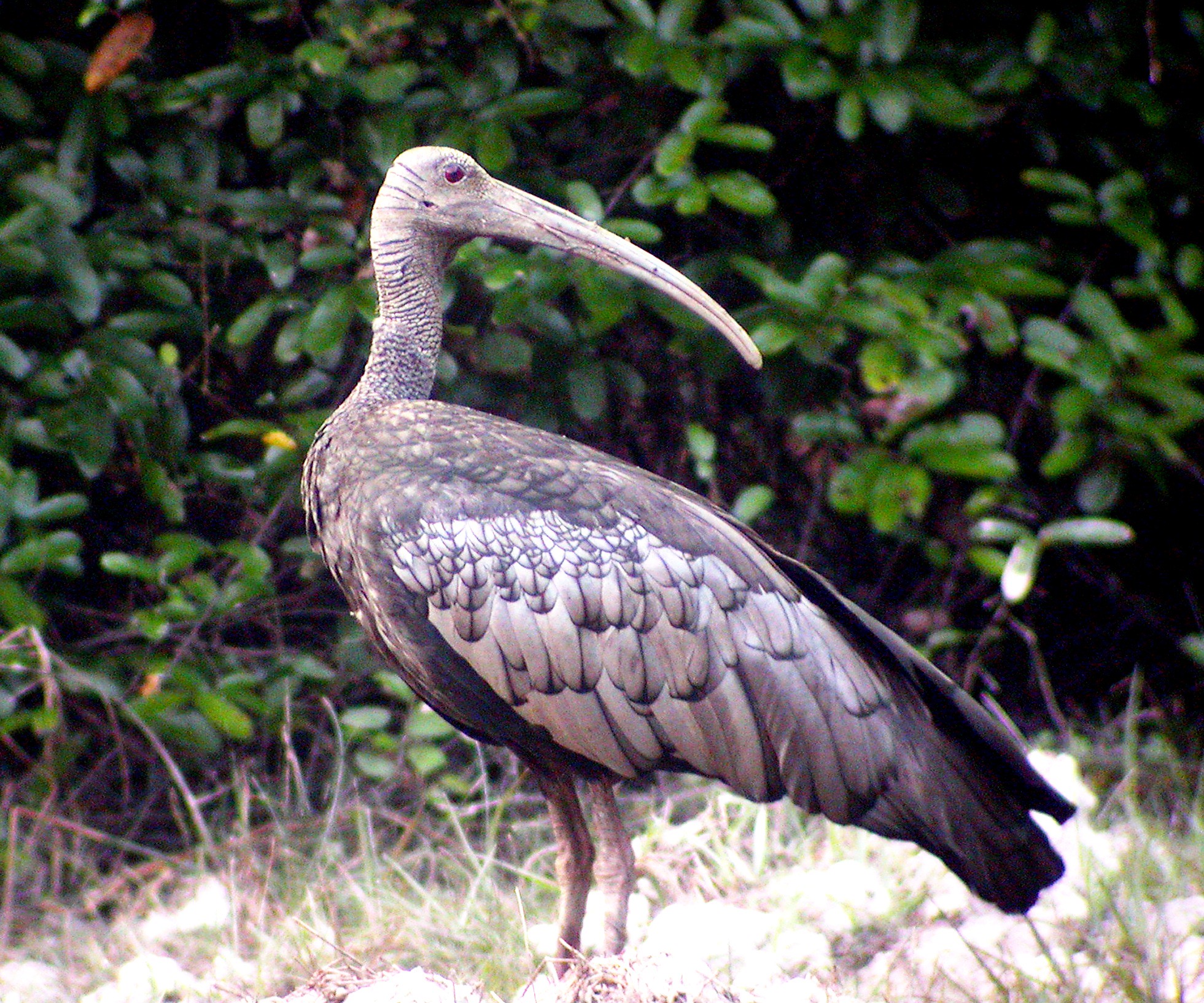By Kate Lewis
Protected areas in Southeast Asia have often been treated as common lands, leading to unsustainable extraction and reducing the ability of local communities to conserve the resources they depend on. However, one tourism initiative, and one of our LT&C Examples, the Tmat Boey Community Ecotourism Project in the Northern Plains of Cambodia, shows how ecotourism can provide a successful alternative livelihood, and demonstrates how conservation can bring real benefits to a community as well as ensuring the protection of ecosystems and the species within them. We revisited the project to see how it is going.
The Northern Plains of Cambodia contains the largest remaining intact area of a unique landscape that once covered much of Indochina, the rare dry Dipterocarp forest, as well as freshwater wetlands and grassland. This rich habitat supports the world’s only remaining populations of waterbird species which once occurred throughout Southeast Asia, the most iconic being the critically endangered Giant Ibis, Cambodia’s national bird. And it is community ecotourism in the small village of Tmat Boey, which sits within the Kulen Promtemp Wildlife Sanctuary, which directly helps to protect this unique ecosystem and the species within it.
Effective collaboration
Success in Tmat Boey is partly down to the effective collaboration of community, NGO, government and private sector, as well as knowing when to assign responsibility to different parties at the right time. Initially, the Wildlife Conservation Society (WCS) worked with the Ministry of Environment and community partners to establish the Tmat Boey ecotourism project in 2003. WCS initially managed most of the tourism until 2006 when the community took over legal and practical responsibility in 2006. Villagers received direct payments in return for habitat and species protection and conservation. Key to success in the early years was a land-use plan produced in tandem with the community and WCS, which set out what areas could be used for development and which had to be conserved, as well as a grant via WCS and other sources to construct an ecolodge in the village for guests to stay in.
Following tourism training, WCS handed responsibility for the project to the village committee and responsible tour operator, Sam Veasna Center for Wildlife Conservation (now Sam Veasna Conservation Tours) (SVC). The committee works on its own education, species protection programs and community patrolling and has enforced a village hunting ban. SVC manages tourism bookings and guide training and reinvests profits back into the conservation work. This partnership between community and tour operator provides a direct income for communities through their tourism services as well as a ‘conservation contribution’ tied to sightings of wildlife (which goes to a village development fund). Through ecotourism benefits, villagers now see birdlife and their habitats as important resources to be proud of and actively conserved rather than hunted. An example of the type of birding tour on offer includes a 3 night Giant Ibis birding tour and a 5 night ‚Critical Cambodia‘ tour.

Conservation, community and tourism success
Since the project began in 2003, the population of nesting White-shouldered Ibis increased from a single nest and one breeding pair to six nests and 35 individuals, and breeding populations of the Giant Ibis stood at 25 pairs. Successfully fledged White-shouldered Ibis chicks rose from 4 to 55 between 2008-16. Hunting and the wild bird trade has significantly decreased as villagers now benefit from birdwatching tourism (WCS, 2017). SVC regularly report on bird sightings from trip visits.
Tourism bookings are increasing year on year and the site is now being promoted by a number of specialist travel agencies. As bookings increase, income increases. From 2015-17 community earnings were at US$89,500, the village development fund at US$29,000 (and used for various projects such as road improvements and agricultural and school support) , US$123,300 investment in infrastructure and development to improve tourism value and US$138,000 supported direct conservation activities (SVC 2018).
Next steps
Tmat Boey has won numerous awards including the Responsible Tourism Award 2007, the 2008 Equator Prize for poverty reduction through sustainable use of biodiversity and runner-up for Green Destination’s 100 Sustainable Destinations prize for Best of Ecotourism in 2018. SVC has already expanded Tmat Boey’s ecotourism approach to eight other communities across Northern and Eastern Cambodia.
Now the community and SVC look to ‘build back better’ post COVID, as they begin to transform their ecolodge into a hub for ecotourism growth in the Northern Plains. The new ecolodge will be ready in 2024, and will offer a higher standard of accommodation and a larger option of year-round tours and activities in the region, which can be booked directly online, such as visits to Preah Vihear Temple and Phnom Tbeng Mountain and trekking within Kulen Promtep Wildlife Sanctuary, agricultural tours of the IBIS Rice wildlife-friendly farming communities, and trips to the hidden ancient temples of Prey Veng Village.



